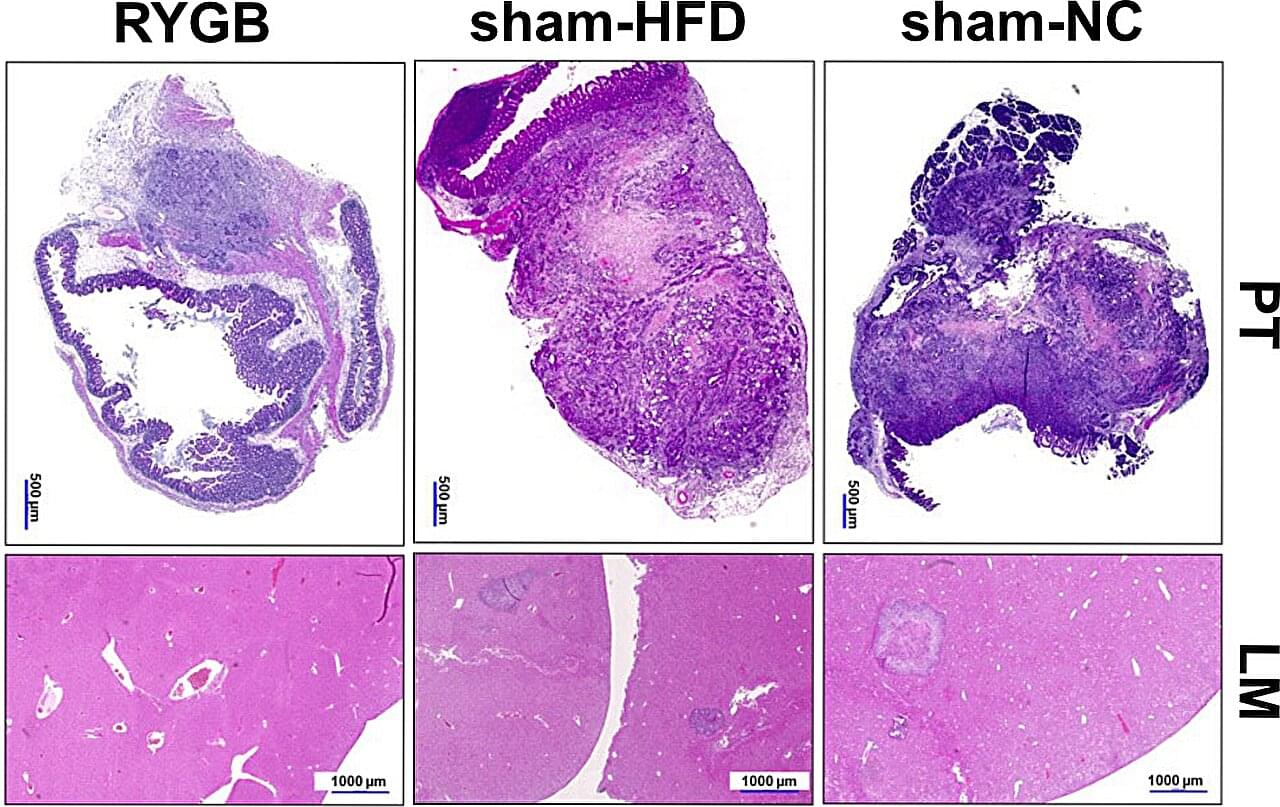Research led by the Department of General and Visceral Surgery, Faculty of Medicine, University of Freiburg, Germany has found that bile acid diversion in Roux-en-Y gastric bypass (RYGB) reduces colorectal tumor growth and metastasis independent of weight loss, potentially reshaping future cancer treatment approaches.
More than 2 billion adults worldwide are now overweight or obese, a condition marked by chronic low-grade inflammation and metabolic disruption that can promote tumor growth, increasing the risk of developing at least 15 types of cancer. In the United States alone, more than a third of adults face obesity, presenting an urgent public-health crisis.
Among various weight-loss interventions, bariatric surgery, specifically RYGB, is not only effective in promoting sustained weight reduction but has intriguingly been linked to reduced cancer incidence. Whether these changes alone can slow or prevent colorectal cancer remains a question with critical implications for prevention and treatment.








